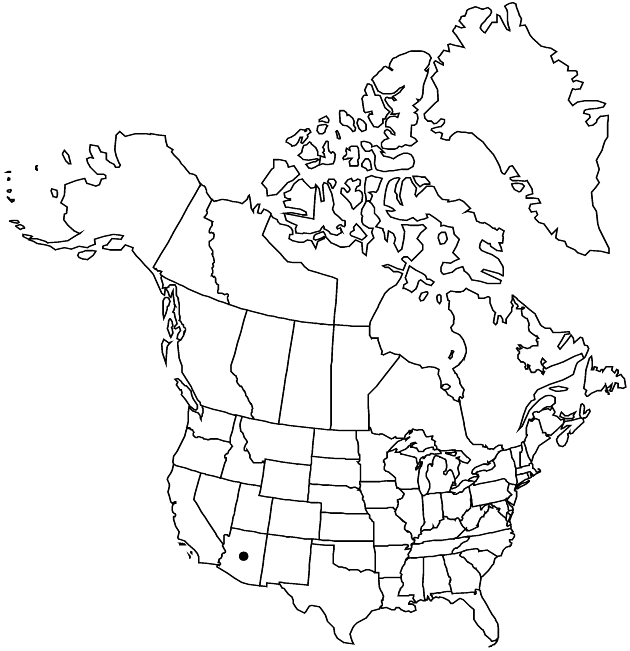Difference between revisions of "Helenium thurberi"
Proc. Amer. Acad. Arts 19: 32. 1883.
FNA>Volume Importer |
imported>Volume Importer |
||
| (One intermediate revision by the same user not shown) | |||
| Line 46: | Line 46: | ||
|publication year=1883 | |publication year=1883 | ||
|special status= | |special status= | ||
| − | |source xml=https:// | + | |source xml=https://bitbucket.org/aafc-mbb/fna-data-curation/src/2e0870ddd59836b60bcf96646a41e87ea5a5943a/coarse_grained_fna_xml/V19-20-21/V21_1090.xml |
|tribe=Asteraceae tribe Heliantheae | |tribe=Asteraceae tribe Heliantheae | ||
|subtribe=Asteraceae (tribe Heliantheae) subtribe Gaillardiinae | |subtribe=Asteraceae (tribe Heliantheae) subtribe Gaillardiinae | ||
Latest revision as of 20:08, 5 November 2020
Annuals, 40–100 cm. Stems usually 1, branched distally, moderately winged, sparsely hairy proximally, moderately hairy distally. Leaves glabrous or sparsely hairy (basal leaves withered by flowering); proximal blades lanceolate to lance-linear, usually irregularly laciniate; mid and distal blades lance-linear, entire. Heads 10–75(–120+) per plant, in paniculiform arrays. Peduncles 3–10 cm, moderately hairy. Involucres ovoid to conic, 6–10 × 5–10 mm. Phyllaries (strongly connate proximally), moderately hairy. Ray florets 0. Disc florets 225–500+; corollas yellow-green proximally, brown to reddish brown distally, 1–1.3 mm, lobes 4. Cypselae 0.9–1.2(–1.5) mm, moderately hairy; pappi of 6(–7) entire, non-aristate scales 0.2–0.5 mm. 2n = 26.
Phenology: Flowering (Mar–)May–Jul(–Sep).
Habitat: Ditches, around ponds, along streams, moist fields
Elevation: 30–1600 m
Discussion
Selected References
None.
